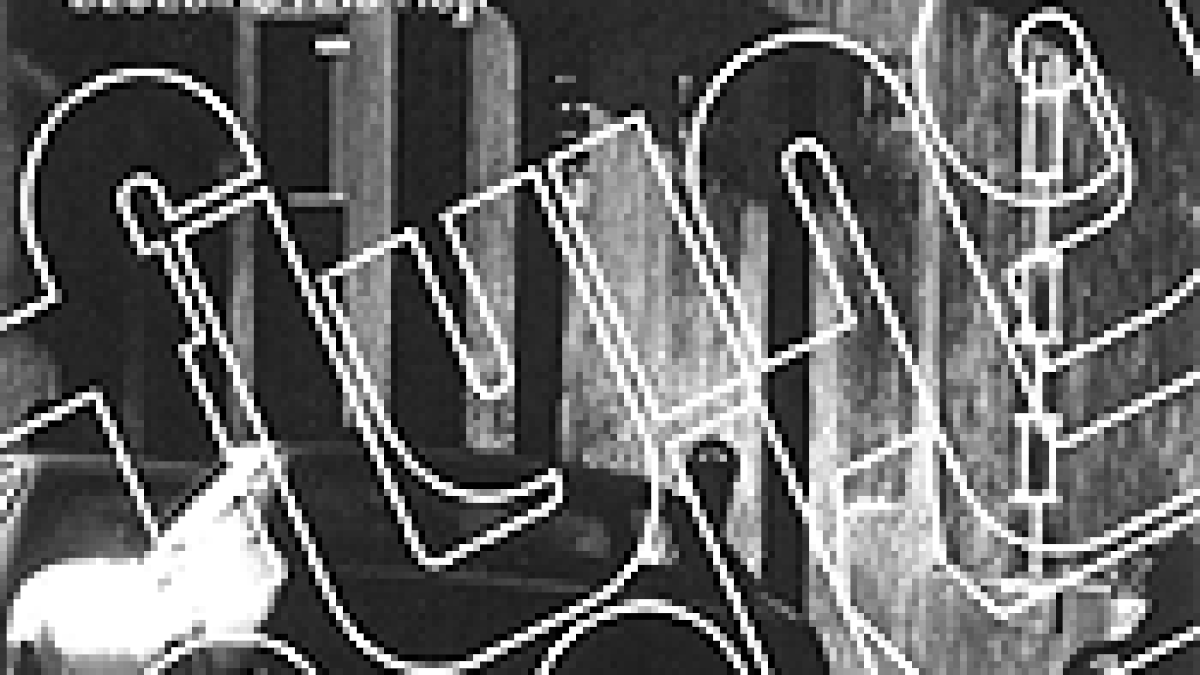There are more reasons to bend an ear to Flying Funk than the inclusion of two tracks by the late — and undeniably great — Nina Simone. But Ms. Simone’s contributions are a good place to start. She kicks off the compilation with a cover of Aretha Franklin’s “Save Me,” delivering a vocal performance that sends shivers up the spine. Pleading for rescue in a shrill tone, she gives the impression that some terrible calamity would befall her, were she not released from her emotional torment. “Baby, you drivin’ me clean out of my mind,” she moans, with a sense of desperation that adds excitement to an otherwise by-the-numbers boogaloo track (a variant on the well-worn “Tramp” break). Her “Funkier Than a Mosquito’s Tweeter” is just that, a conga drum-infused uptempo romp with nasty yet righteous lyrics (“wash out your mouth/your lies are getting rusty”). Simone comes off with the same outspokenness associated with Lil’ Kim, yet she never fails to respect herself or uphold her dignity, no matter how sweaty the groove.
The rest of Flying Funk is a slam-dunk of jazz, funk, and soul vibrations upside the noggin. The compilation’s sixteen expertly-picked selections, culled from the Flying Dutchman, Bluebird, and RCA catalogues, all fit the definition of “rare groove.” Many of these tunes have been sampled by the likes of A Tribe Called Quest, Gang Starr, Stetsasonic, and the Large Professor and are highly sought-after by breakbeat fiends, lending much credence to the album’s crate-digger cache. But even if you own the original pressings on vinyl, this disc is well worth a listen or four. The Nite-Liters’ “Afro-Strut” bridges the gap between boogaloo and funk; Weldon Irvine’s “We Getting Down,” and the New Birth’s “Got to Get a Knutt” serve up sexy dancefloor jazz; and the incomparable Simone makes all other R&B divas seem irrelevant. Although most of these songs emerged out of the late ’60s and early ’70s, Lonnie Liston Smith’s “A Chance for Peace,” for one, rings with surprisingly topical urgency, reminding listeners that past generations survived through times of senseless war by making joyous, life-affirming music.
Flying Groove (also compiled from the Bluebird/Flying Dutchman vaults) recalls a time when jazz, rock, and soul fused into one, and bell-bottoms were as de rigueur as LSD-laced Kool-Aid at parties. There are a couple missteps — grooves that don’t quite soar — but most of the songs pass the test of time with ease. The Gil Evans Orchestra’s epic arrangement of Jimi Hendrix’ “Crosstown Traffic” still sounds far-out nineteen years after being recorded, while tracks by Oliver Nelson, Count Basie, and Tom Scott boast a high level of musicianship and, more often than not, a boogie-friendly groove. The legacy of this musical era is most clearly defined by what came immediately after it — namely, hip-hop. The most obvious examples of this are Jimmy Castor Bunch’s “It’s Just Begun” — the b-boy anthem that launched a million uprocks — and Gil Scott-Heron’s “The Revolution Will Not Be Televised.” Castor’s funkified throwdown still resonates with edgy flavor, and while Scott-Heron’s pop-culture references might seem a little dated two decades after Watergate, the combination of Ron Carter’s bass and Hubert Law’s flute remains as golden as ever.












